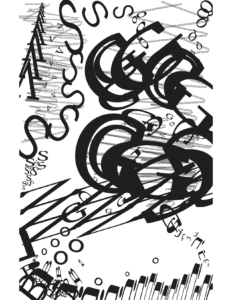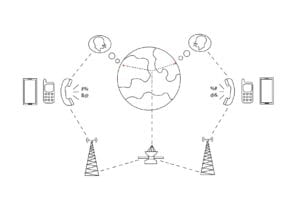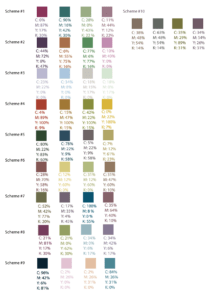By “Fluidity of the Digital”, Ritchin discusses how digital technology has now advanced with more capabilities to manipulate the image and changes the way it is perceived by the public. Digital technology refers to the changing of architecture of the photograph and changing the medium itself. This could alter the meaning behind the image and show a different perspective/course of events to those who perceive it. An example of digital photography could be photoshopping that changes the genetic appearance of an image as well as retouching images that creates a different aura/impression from its original picture. This changes the image from when it was originally taken to the way people see it when the image is published.
Photography can capture any image of real events, however, there is an extent to which it is allowed to be published to the public eye. For example, there are limits since many photos can be negatively perceived and criticized for its impact on society that it may have such as violent images or images that could be perceived as racist or sexism that has a high possibility of receiving public hate. The same rules follow other forms of media such as texts and videos as the creator must make sure it is appropriate for its audience to prevent it from getting backlash. The publisher must think of the potential impact the image has on society and how the image represents reality. There are other forms of media that instead of capturing the reality of the world, express the imagination one may have due to the fictionality of the piece such as virtual reality and books. The creativity of the piece can be expressed but the reality of it is limited which limits the extent to which the image of what is imagined can be captured and what social limitations will possibly have on it as well.


